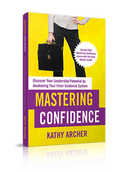|
Choice points. You have them, but are you using them to be a better leader? Choice Points 101
🟪 A choice point is... A choice point is an opportunity to choose what you are saying or not saying, what you are doing or not doing, and, most importantly, who you are being in the process of making that decision and acting on that decision. Choice points are critical for leaders to develop strong character Nonprofit leaders that lead with integrity, authenticity, and strong character lead with confidence and competence and feel in control of what is happening inside and around them. When you lead with that strength of character, you create an engaged team with meaningful relationships who do impactful work. Therefore, developing our character is fundamental to good leadership. Developing your character is multifaceted. However, one aspect that is often overlooked is the art of decision-making. Throughout your days, you encounter numerous choice points that shape how your day goes, the development of your relationships and the impact of your work. However, more often than not, we remain unaware of the existence of many of our decision points. To lead with authenticity and integrity, nonprofit women leaders must cultivate awareness of their choice points and embrace decision-making intentionality using criteria aligning with their values and goals. How unaware of your choice points are you? Far too often, you default to not really making a decision. Your decision points often go unnoticed in the hustle and bustle of daily responsibilities while running your nonprofit. They may appear inconsequential at first glance, but their cumulative impact can be profound. 🟧 The decisions we default to: We often make decisions by default. Rather than making a decision, we put our attention, focus and resources into reacting to:
When we aren't making choices... We tend to follow this path: If A happens, I do B. That's not a decision 👉🏻 Just because you get invited to a meeting doesn't mean you need to attend it. 👉🏻 Just because it came into your inbox doesn't mean you are the one to deal with it or you need to deal with it today. 👉🏻 Just because someone asks for "just a minute," you don't have to say yes. We say we are making a choice, but really we aren't deciding anything. So, when we say the choice is either I do the work or the work doesn't get done, that's not a choice. That is a victim mentality. Or if we say, either I stay late or do it in the morning. What were you deciding? Which punishment to take? It's an either/or, with neither option being optimal. They're both sides of the same coin. You've given your power away! What often happens is we're not really making a decision. Instead, we are making excuses about why we're doing what we're doing or why we are doing it. We are pointing fingers (the funder needs it), resigning to martyr syndrome (I'm the only one who can do it) or getting caught up in survival mode just running around the hampster wheel (another day...) By neglecting to recognize these decision points, we as leaders miss opportunities to cultivate our character and steer our organizations and teams in the right direction. 🙋🏼♀️ It's time to cultivate your awareness of decision points Leading with authenticity and strong character requires a shift from reactive to proactive decision-making. Instead of simply reacting to circumstances, intentional leaders make conscious choices that align with their beliefs, core values and long-term vision. 🟨 Decisions drive character development But they must be: ✅ Done deliberately ✅ Made intentionally ✅ From a place of consciousness To unlock the power of decision-making, cultivating awareness is paramount Taking time for self-reflection and introspection via The Inner Guidance Cycle allows leaders to identify decision points that might have otherwise slipped through the cracks. You can seize these pivotal moments and harness them for character development by heightening your awareness. Using The Inner Guidance Cycle to make intentional decisions When you intentionally make a decision, you must first PAUSE, slow down and then PONDER. By contemplating the paths ahead of you, you will PIVOT, realizing it is not an either/or approach, but you will see the options, opportunities and outcomes you can create. Finally, after purposefully deciding, you'll PROCEED back into action. 🟦 A choice point is an opportunity for you to choose: ✔️ What you are saying or not saying ✔️ What you are doing or not doing ✔️ Who you are being in the process 🔀 You need to develop a decision-making framework with decision-making criteria To make more intentional decisions, you need to construct a decision-making framework. This framework serves as a guide, offering a structured approach to navigating complex choices. This way, you can ensure that your decisions align with your beliefs, values, goals, and the greater purpose of the nonprofit you are leading. Your framework will include considerations to ponder when making your choice. You'll want to run your options around criteria like your beliefs, values, time, resources, strengths, interests, team pressure points, etc. Using these filters will help you choose wisely with a better sense of your current and future perspectives. 🆘 In the Decisive Decision-Making course in The Training Library, you'll find a framework you can use. Questions to ensure you are making decisions with your strengths of character When you are pondering your options, you'll want to ask these questions: Is this action/decision a statement of
It's all about the Inner Work! Learning to lead with authenticity and strong character is a transformative journey for you as you lead your nonprofits. It's a personal development journey that will profoundly affect your leadership. It requires you to grow from the inside out! By recognizing the power of choice points, cultivating your awareness of where they show up, and embracing those decision points intentionally, you can navigate your leadership with purpose and integrity. Developing decision-making criteria based on values, time, resources, interests, skills, and expectations provides a solid foundation for making better choices that align with your character and foster your growth and that of your team and organization. P.S. If you want the decision-making framework worksheet, you'll find it inside The Training Library in the course Decisive Decision Making.
0 Comments
If your emotions frequently hijack you, you need to learn this
Do you sometimes find that your emotions sneak up on you suddenly, and you're afraid of losing them?
You are not alone! Many women leaders have had the experience of being hijacked by their emotions. But here is the thing, 👉🏻 The problem isn't that you EXPERIENCE emotions. 👉🏻 The challenge lies in being unable to control how you EXPRESS your emotions when they appear. To prevent this, you must first learn to recognize your emotions as you experience them and then manage how you express them. Another way to say that is you need to develop your emotional intelligence. It's not wrong to experience your emotions at work. Instead, when you become a more emotionally intelligent leader, you choose how and when to express your emotions. ⭐️ Just because you experience an emotion does not mean you need to express that emotion. Become aware of and then manage your emotions Emotionally intelligent managers kick butt over their unaware and emotionally incompetent peers. That sounds a bit harsh, I know. But you are emotionally unskilled when you are unaware of your emotions, cannot regulate your emotions, and have difficulty understanding and communicating feelings effectively. 👉🏻 Therefore, you are in a much better place when you are a leader who is aware of what emotions you are experiencing and able to manage how you express your emotions. That means you control how you express what you feel rather than your emotions being in control of you. Emotional Intelligence increases a leader's effectiveness An individual who is high in Emotional Intelligence rarely has their emotions hijack them. Emotionally Intelligent Leaders don't lose it when someone says something that sparks their anger or annoyance. A leader in control of what's happening inside them will be aware they are irritated but can catch themselves before they roll their eyes, sigh or have a sarcastic comment slip out. How to increase your emotional intelligence Individuals that have high Emotional Intelligence are incredibly self-aware.
Two Steps to Emotional Intelligence Step 1 – Recognize emotions 🤔 Step 2 – Manage emotion 😙 Here's what happens: 🟪 Antecedent - An event happens
🟪 Thought - You have a thought about that event.
🟪 Feeling - You then experience an emotion
🟪 Behaviour - You then react
Emotionally Intelligent managers learn to get a handle on their thoughts to control their emotions and subsequent behaviour. They learn to respond rather than react unconsciously. So rather than snapping back, writing an unnecessarily pointed email or rolling their eyes, they pause and choose how they want to express that emotion before they act. Do you know what your thought was? We want to drill deeper into the thought part and see what's happening there. That thought is directing your emotion. We want to get to the point where you are aware of the thought and can change it if needed. Getting clear on your thoughts You have to slow down time to understand better what you are thinking. Slowing down widens the gap between the stimulus and the consequential feeling. It is like putting a magnifying glass on the event and your emotion and seeing if you can see between the thought and subsequent behaviour. You want to detect what thought was there in between the event and the emotional reaction. That way, you can change the thought and thus manage your emotional response. It starts with a reflection It's hard in the moment to learn to increase your Emotional Intelligence. You must practice the skill first by looking back at what happened and reflecting on it. Increased awareness of what happened between the event and your reaction to it requires intentional thinking and slowing down the events so you can notice things you didn't see at the time. To learn to manage your expression of your emotions in the moment, you must create a routine of rewinding events and looking back to see what caused you to react in the first place. You must build in time to PAUSE and POINDER, aka go through the Inner Guidance Cycle. Start with writing Becoming more emotionally intelligent requires ongoing self-reflection and a commitment to personal growth. That starts with pondering events and reactions. The best way to get the slow-motion replay effect is to write down what happened. When you set aside a few minutes to let your thoughts and emotions flow on paper, you'll see more of what is there. Doing this writing without judgment is critical. You must let your pen just flow. The point is to see what's there that you may have missed, got hooked by, or overreacted to. ✏️ Mastering Reflective Journaling: 5 Proven Techniques 1) PAUSE: Set aside 10 minutes daily to engage in self-reflection
2) Eliminate distractions.
3) Take a moment to become present.
4) PONDER: Set a timer and write down what happened, including:
Use journal prompts such as:
5) PIVOT: To wrap up your time, see if you can identify a summary of what happened, why and what you'd like to do differently next time something similar occurs. Learn more about The Inner Guidance Cycle here Pause - Ponder - Pivot - Proceed Do the INNER work! Working on bringing awareness to your emotions and feelings can be hard work. We don't naturally go there. Initially, it will feel weird and awkward. But, the more you do it, the better chance you will have in becoming more aware of the emotions bubbling inside of you and choosing how you want to express (or not) that emotion in a way that feels more appropriate to you and the situation. Gradually you'll regain control and learn to manage your feelings and responses to people and events. It takes time. Be patient with yourself. You'll find it worth the effort and commitment when you do. P.S. If you don't like journaling, just call it self reflection 😉 Extra Resources Resources in The Training Library to help you learn effective self-reflection to develop your Emotional Intelligence ✏️ How to prepare for a tough talk ✏️ Managing Your Emotions at Work ✏️ Emotional Control Via Emotional Literacy ✏️ Quick Journaling for Effective Leadership ✏️ Staying Composed During Meetings, Conversations & Challenging Times 🙋♀️ Join The Training Library Nonprofit leaders and the people who make the organizations hum have a deep desire to impact the world positively. Creating an engaging workplace, or what my colleague and I call a Magnetic Workplace, is essential to have that impact. An engaging workplace exudes magnetic qualities. It is a workplace that fosters growth, openness, belonging, generativity, and creativity among its people. This type of workplace inspires individuals to contribute to something larger than themselves, instilling a sense of purpose and meaning in their work. At a magnetic workplace, employees know that they matter and feel cared for, which creates an environment that draws people in and fills them with energy. I introduced you to The Infinite Leadership Loop to create a Magnetic Workplace. The Infinite Leadership Loop is an infinity loop, is a continuous process of moving back and forth between, on the right-hand side, turning inwards in self-reflection and on the left-hand side, engaging with your team. The loop has the four components of the Inner Guidance Cycle on the right; pause, ponder, pivot and proceed. A 5th point, people, is on the left. To develop yourself and your team using The Infinite Leadership Loop, you will need to deliberately build a habit of purposefully ebbing and flowing between being self-reflective and engaging with the people around you. To do that, the following four building blocks of The Infinite Leadership Loop will help you.
🟨 Building Block # 1 - Curiosity is Critical The first building block towards a Magnetic Workplace is curiosity. In Magnetic Workplaces, people are openly curious about improving their impactful work, sharing their ideas and collaborating on innovative approaches.
Curiosity allows for reflection, new perspectives, and the courage to act and engage with your team. It helps to create a magnetic work environment that draws people in. When you learn to be more curious, so does your team. TIP to help you be more curious
Creating Comfortable Coaching Conversations 🟨 Building Block # 2 - Inner Work is Imperative Magnetic Workplaces prioritize the inner work of their leaders and their team members by giving them time, space, and freedom to think and reflect. This time for "inner work" allows them to think strategically, make effective decisions and improve their emotional intelligence. In most organizations, leaders and team members are constantly busy, running from one meeting to the next and dealing with crises and fires all day. To create a magnetic work environment, distractions and interruptions must be intentionally reduced, and time must be deliberately created to reflect, process, and resolve issues. Scheduling time to pause, prioritize, and proactively plan a way forward for everyone on the team is essential to improve decision-making and foster an environment of growth and development. TIP to help you make space for more inner work
📚 Resources to Help: The Pause Principle by Kevin Cashman Leadership from the Inside Out by Kevin Cashman 🟨 Building Block # 3 - Vulnerability is Vital Magnetic Workplaces encourage vulnerability because trust is grown by being open, honest and vulnerable with each other. Vulnerability is also critical for you to engage in the inner work of The Inner Guidance Cycle. It's hard to look at what triggered you, why and how you will deal with it differently without being vulnerable with yourself. Start by learning what vulnerability is (courage) and what it isn't (weakness). Then, role model courage and vulnerability. When you do, you'll create more of that sense of trust and the understanding, respect, kindness, and compassion required to develop a magnetic work environment. Tip for learning to be vulnerable Make a list of leaders you admire and what you admire about them. Look at that list for places where they demonstrate vulnerability. Use these as your role models for doing it yourself. Another great place to start is to identify and speak to your values. The Values Verification course in The Training Library helps you put voice and action to the value words you identify. 📚 Resources to Help: Daring Greatly by Brene Brown The Boy, The Mole and The Fox by Charlie Mackesy 🟨 Building Block # 4 - Movement is Mandatory Building a Magnetic Workplace requires movement and growth. These elements are necessary to create and sustain a workplace where team members feel safe to be curious, take time to do the inner work and then do the impactful work that moves their nonprofit forward. Leaders must break out of this pattern of holding on to old ways and resisting change. It's essential for leaders themselves and their people to move outside their comfort zones. Leaders must model this behaviour and create an environment where people feel safe to try, flounder and sometimes fail. Tip for learning to move into action, even when it's scary Move. Get up and move. Go for a walk or move around your office or house. Movement in your body creates movement in your mind; sometimes, that is exactly what we need to move into action with our team. Having a plan also helps you move. When you know the steps, it's easier to take them. To help you with that, try this webinar in The Training Library: How to Prepare for a Tough Talk. 📚 Resources to Help: Leadership and Self-Deception by The Arbinger Institute The Confidence Gap: A Guide to overcoming fear and Self-doubt by Russ Harris Your next steps You must create an engaging workplace to have the positive impact you desire in your workplace. An engaging workplace, also called a Magnetic Workplace, fosters growth, openness, belonging, generativity, and creativity among employees, inspiring them to contribute to something larger than themselves. You'll do that when you put The Infinite Leadership Loop into action. The continuous process of moving back and forth between self-reflection and engaging with the team helps you to process what's going on inside of you so that you can be your best self in your leadership role. Remember though:
As a Nonprofit Leader, you likely want to build and sustain a team that continues to make a difference. However, finding the time, energy, and focus to make that happen can be challenging. Being overworked, overloaded, and overwhelmed may lead to burnout and keep you in survival mode. Staying stuck in survival mode, if you aren't careful, can taint your workplace energy and create disengaged teams and toxic work environments. But there is another way. Keep reading to discover a model you can use to become a leader who creates an engaged team of difference-makers! What we don't want: Leaders and organizations DO NOT WANT uninvolved, unenthusiastic, uncommitted, and disengaged team members that contribute to a toxic work environment. What we do want: Leaders and organizations DO WANT engaged teams that are involved in, enthusiastic about, and committed to their workplace, which is how Gallup defines engagement. The way forward: For leaders and organizations to increase engagement and build a team of involved, enthusiastic, and committed employees, you need a system, processes and habits of interacting that will help you get there. Let's learn the framework to help you create that way of leading. Your individual path is connected to the organizational path Learning how to move from surviving to thriving as an individual leader is important to understand how you can impact your organizational culture. This blog teaches you how to move along the surviving to thriving continuum. Let me summarize the continuum here. On the left, survival mode is characterized by fear. You are always afraid of falling apart, dropping the ball or losing it emotionally. You are barely hanging on, just getting by or just trying to stay alive. The opposite, thriving mode, is characterized by energy, enthusiasm and engagement. You bloom and flourish as you learn new things, take on engaging projects, and have strong, developed working relationships that allow you to do your work purposefully. Most of us hang out in the middle, coping. Here you are doing more than barely getting by, but you're not feeling so alive that you want to yell from the mountaintops about how much you love your job. This middle ground is where the idea of being on a hampster wheel fits: round and round you go. Surviving, coping and thriving are all places you "live" in individually. They may overlap, though, with your workplace culture and thus your workplace continuum also. So, first, let's review what workplace culture is. Your Workplace Culture Your workplace and every other workplace has a specific culture - a feel to it, an impression it leaves. Each workplace has a certain intangible quality that makes something about it distinct and decidedly different but difficult to define or describe. You know whether you like it or not, want to be there or run away quickly. The Points on a Workplace Continuum My colleague Bill Scott and I developed a workplace culture continuum that stretches from toxic to magnetic. In the middle is the place that most of us are far too familiar with - a tolerable workplace. As you read the following explanations of each of the points on the continuum, we expect you'll know if that "feels" like your workplace or not. Toxic A toxic workplace sucks the energy out of its people. A toxic workplace is characterized by:
A toxic workplace is unhealthy and destroys individuals and team connections. In a TOXIC workplace, employees are actively disengaged. Tolerable A tolerable workplace is not bad enough to leave, not good enough to give it your all. A tolerable workplace is characterized by the following:
In a tolerable workplace, people have tolerated far too much for far too long. In a TOLERABLE workplace, employees are not engaged. Magnetic A Magnetic Workplace draws its people in; they know they matter and feel cared about. A magnetic workplace is characterized by the following:
In a magnetic workplace, people contribute to something bigger than themselves. Magnetic Workplaces draw people to them and fill them with energy! In a MAGNETIC workplace, employees are actively engaged. It's not a static point you are at There are more than three points on a continuum. In fact, there are an infinite number of points. As a result, many of us simultaneously find elements of toxic, tolerable and magnetic experiences in our workplaces. It can shift depending on the day, the day's agenda, your work location, and who you are interacting with. Creating a Magnetic Workplace Imagine being in a workplace where people feel an irresistible pull to be at work because of some strong positive vibe, energy or even magnetism. Bill and I know that's possible because we've seen it happen. When you create magnetic teams with involved, enthusiastic and committed employees, you will lead a magnetic workplace that attracts good employees and keeps them around long-term. So how do you do that? By becoming a thriving leader. Thriving leader to magnetic workplace To become a thriving leader, you've learned to use The Inner Guidance Cycle to take time for self-reflection to be a more intentional leader. But it doesn't end there. You can't "stay in your head" to lead. After thinking, reflecting and sometimes making decisions, you'll need to reengage. Reengaging is about engaging with the people you work with, your community and your family. Thus, another cycle links with The Inner Guidance Cycle creating a new model. The Infinite Leadership Loop Bill and I developed a model where there a continuous process of moving back and forth between turning inwards in self-reflection and engaging with your team. Both model components use curiosity as fuel for continued learning, resulting in an engaged workplace. I call this model The Infinite Leadership Loop. Think of this model as the infinity loop. The loop, with the 4 components of the Inner Guidance Cycle on the right, pause, ponder, pivot and proceed, and the 5th point, people on the left, demonstrate the ebb and flow between self-reflection and engagement with others. Putting the The Infinite Leadership Loop into action, we move consciously back and forth from our inner thoughts to our external connections. When we do this more consciously, intentionally and deliberately, we move individually from surviving to thriving and our organization from toxic to magnetic. Be an intentional leader Take time today and every day to pause, intentionally going within and ponder and then engage with your people more consciously. The more intention you put into who you are and how you show up, the more authentic you'll feel and the bigger impact you'll have! Do you often struggle to get everything completed on your to-do list? Unfortunately, there is always too much to do, and many nonprofit leaders, perhaps you included, feel overwhelmed, overworked and overextended. NOT HELPFUL: Just learn to manage your time better Most of us blame this on our workloads, jam-packed calendars and the crazy amounts of external stimuli around us. There's always another meeting to attend. Something is always being added to our to-do list, and the notifications keep reminding us that we have another message, email, or request. How on Earth is anyone supposed to get anything done with all of that going on? The solution to this always comes back to being better at prioritizing and time management. And while these are essential strategies and tools to learn, there's an underlying reason why they are often less than effective. In truth, prioritizing and time management can help, but they may not be enough! HELPFUL: Learn to manage your emotions that are sabotaging your productivity. In truth, it's our thoughts that slow us down. Our mental chatter 🤯 often encourages us to procrastinate and distracts us from what matters most. Our thoughts keep us distracted!!! The word "distracted" has its origins in the Latin word "distractus," which means "drawn apart" or "divided." For most of us, this means being unable to pay attention to the task at hand, focus on what we should be doing or concentrate on the job in front of us. As a result, we feel divided and wish we could clone ourselves to get more done! Perhaps we need to become inDISTRACTable, as Nir Eyal advocates in his book "InDISTRACTable: How to Control Your Attention and Choose Your Life." Eyal explains that being "distracted" is not just a product of external factors but also internal factors such as our thoughts, feelings, and beliefs. Becoming inDISTRACTable Eyal defines distraction as "the action of derailing attention from what we intend to do" and argues that becoming "indistractable" requires understanding why we become distracted in the first place. Eyal identifies four primary triggers of distraction:
It's time to gain some TRACTION I want to focus on the words traction and distraction to help you become more aware of how your thoughts are getting in the way of your productivity. Consider how Eyal describes the difference here: The Opposite of Distraction is Traction.
Get clear on what the emotional connection is If you struggle to get things done, it's time to look at what is distracting you. The emotional connection to a task may be what's holding you back.
Work through the Inner Guidance Cycle to identify what is going on How do you deal with emotional distractions? You work through The Inner Guidance Cycle! You PAUSE and do self-reflective exercises. You take time to PONDER, exploring those thoughts and beliefs and the connection they have to what's on your to-do list. When you ask yourself what am I being distracted from, go deeper than the task you see at the surface level. Ask yourself:
When you explore these thoughts, feelings, emotions and triggers, you'll figure out why you've been avoiding them. That's PIVOTing your perspective. That shift in thinking helps you to take the action that moves and allows you to gain traction and do what you know you should do, aka PROCEEDing. Unpacking thoughts, emotions, and beliefs in action Listen to this podcast if you want to hear a beautiful example of this in real life. Brene Brown is being walked through the Immunity to Change Model by Lisa Leahy. In the episode, Brene discovers her blind spots and hidden biases that she wasn't aware of until she went deeper. Immunity to Change Podcast, Part 1 of 2 Immunity to Change, Podcast Part 2 of 2 Do the inner work to become more productive It is absolutely true that we all have too much to do and will never get it all done. We must learn time management strategies and be excellent at prioritizing. ⭐️ But to go along with that, we also need to learn to manage what's happening in our heads. PAUSE to do the inner work. PONDER and explore what's going on inside your head When you do, you'll find shifts in your perspective, allowing you to PIVOT Then you can PROCEED with courage doing what you know you need to do most. Learn more about The Inner Guidance Cycle here. Are you ready to transform your approach to time management? Join "The Emotions of Time Management" course designed exclusively for women leaders in nonprofit organizations. In it, you'll: 1- Master Proven Time Management Strategies: Learn 3 powerful time management strategies 2 - Identify Hidden Roadblocks: Uncover the emotional barriers holding you back from effective time management 3 - Create Lasting Change: Learn practical tools and actionable steps to integrate time management practices into your daily routine Learn more about The Emotions of Time Management here |

Available on Amazon
Archives
May 2024
|
|
Leadership TRAINING for Nonprofit Leaders
Become a confident and competent nonprofit Leader: Join The Training Library membership Executive and Leadership COACHING Leadership Coaching for Nonprofit Executives, Leaders and ManagerCoaching |
PODCAST for Nonprofit Leaders
The Surviving to Thriving podcast: Strategies, systems and support to lead your nonprofit with confidence FREE RESOURCES to Grow your Leadership Skills Free Leadership Training Resources, Worksheets and Templates |
Become a CONFIDENT LEADER
|

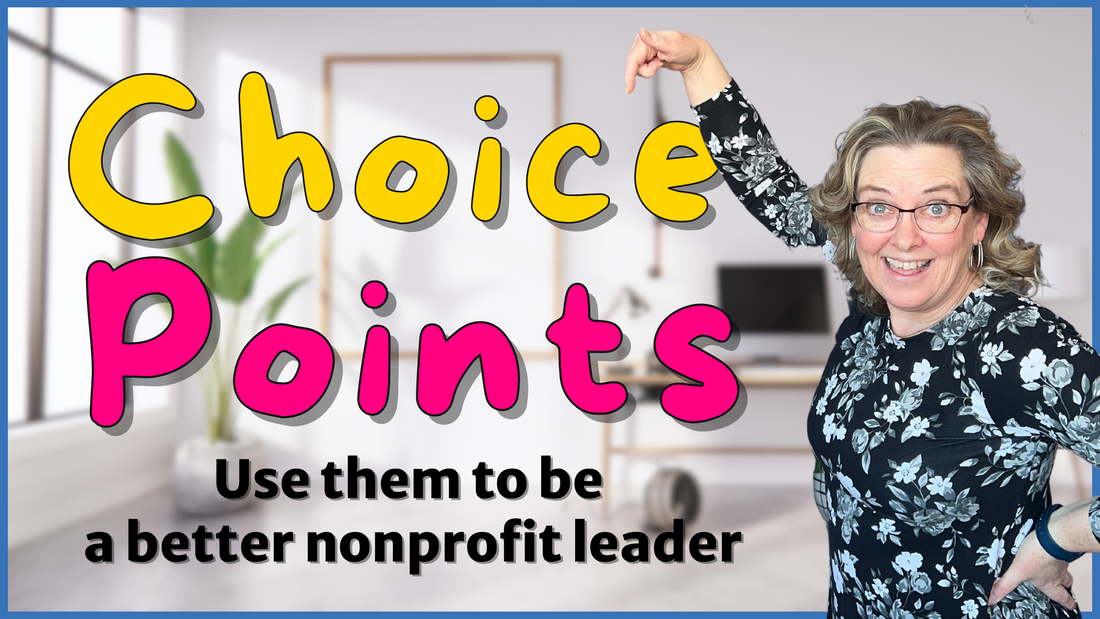

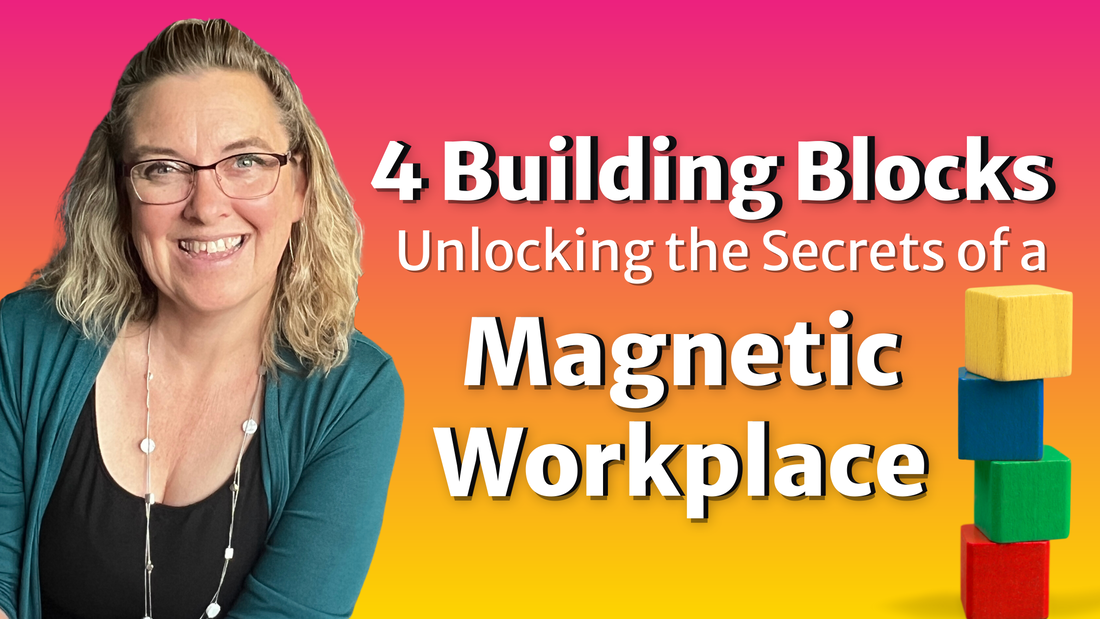
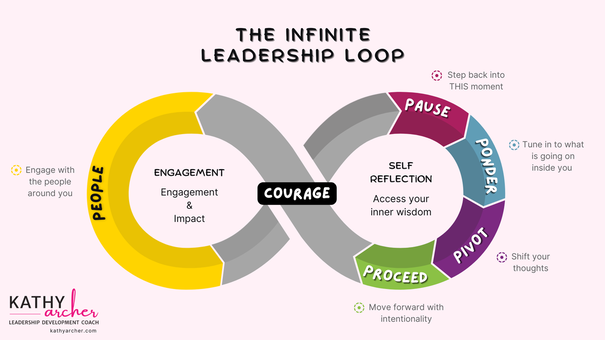
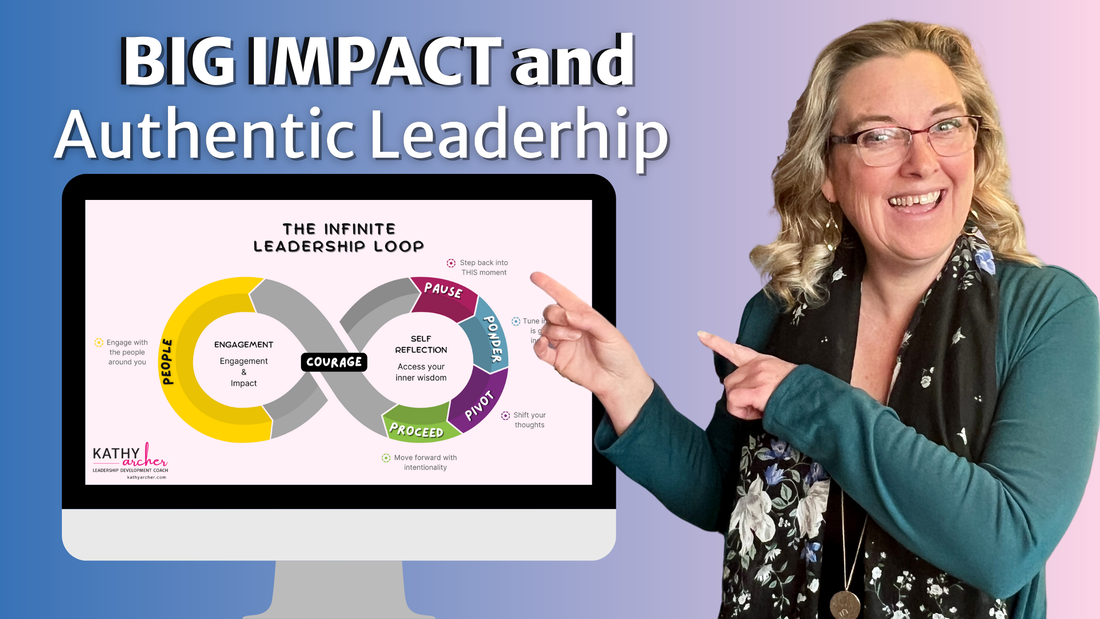
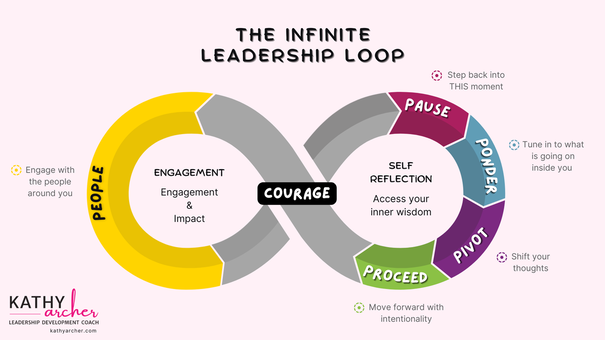
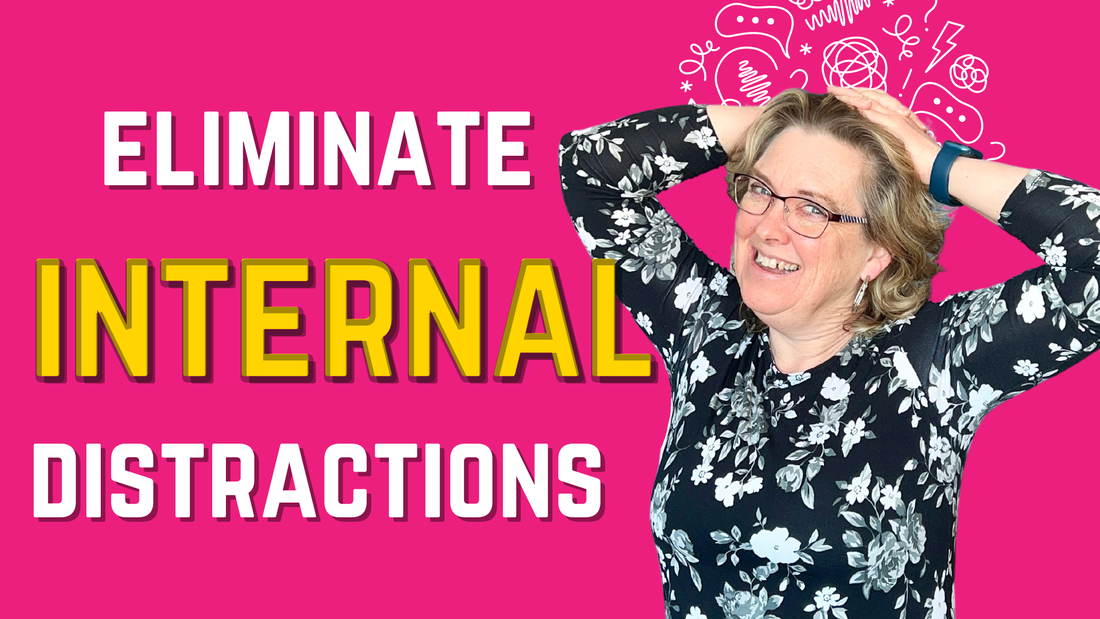
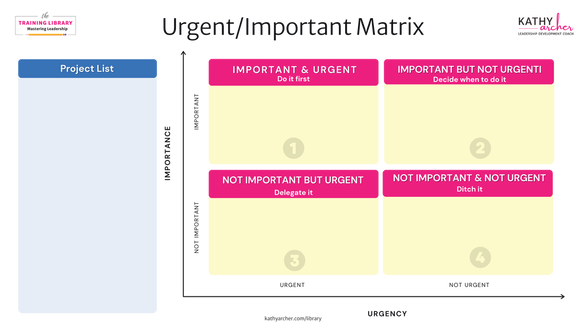
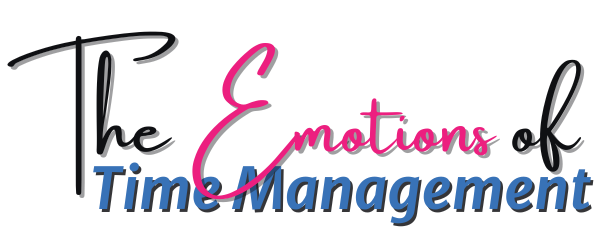

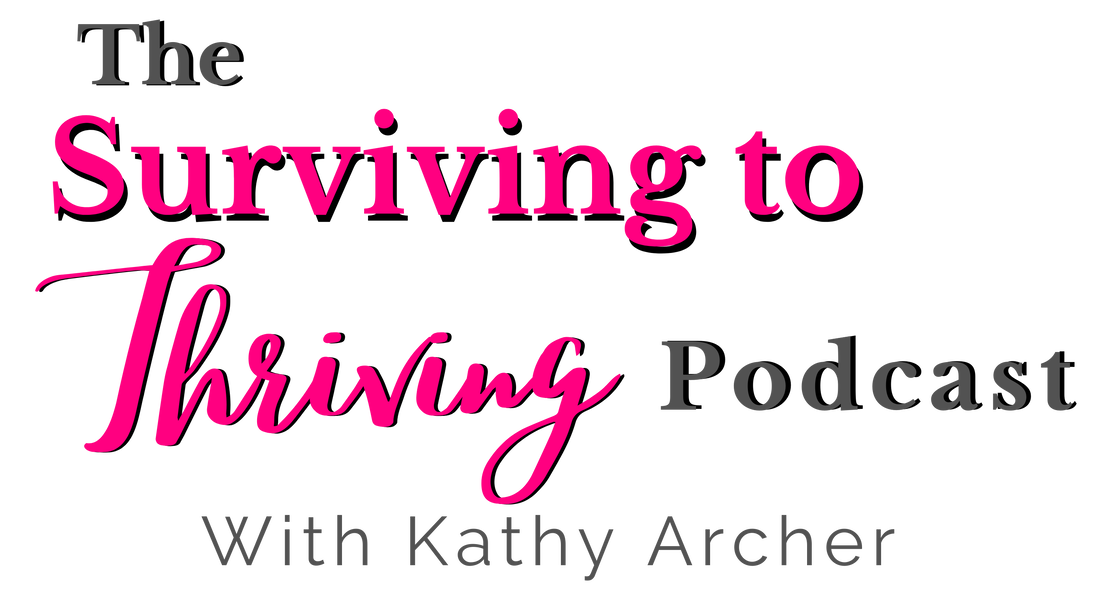
 RSS Feed
RSS Feed
